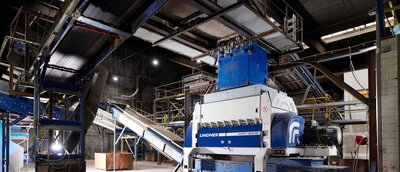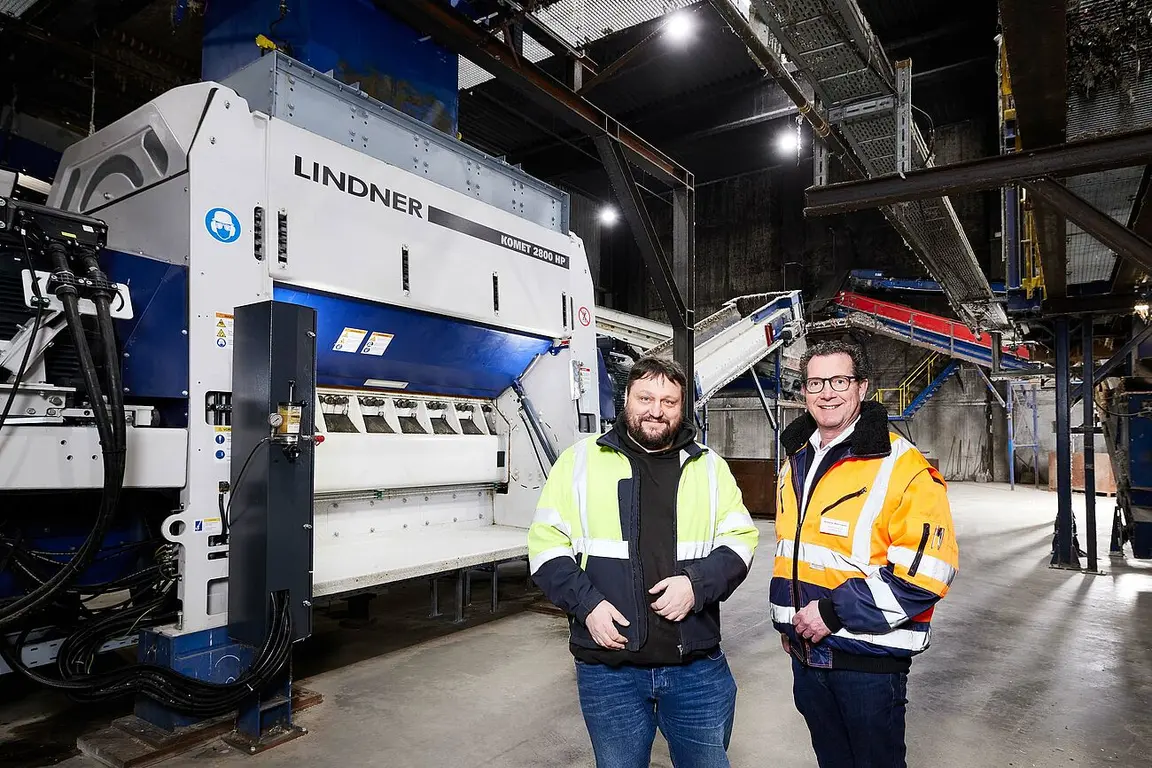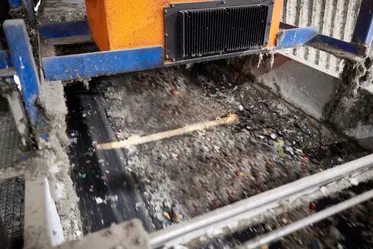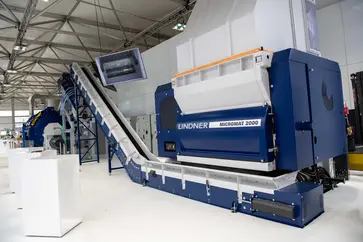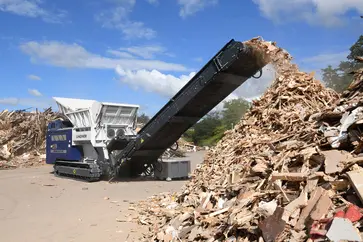Spittal an der Drau, Austria/April 2023. Lindner’s Komet series has been the benchmark in secondary shredding for decades. It has scored top marks for the new features introduced in 2022, optimising the energy efficiency and throughput as well as ease of maintenance. Innovation at the cutting edge.
The Climate crisis, political upheavals and high energy costs, combined with a general increase in energy demand and greater environmental awareness with a clear focus on a functioning circular economy, CO2 reductions and an expansion of renewable energy - these are the challenging times in which the waste and recycling industries and the different waste streams play key roles. The aims are to extract as many secondary raw materials as possible from the different material flows and to recycle them, in line with the circular economy. At the same time, efforts are being made to turn non-recyclable materials into high-quality, high-calorific solid recovered fuels as efficiently and while saving as much energy as possible. That is how to substitute primary raw materials such as natural gas, crude oil and coal and make a valuable contribution to improving the carbon footprint of operations.
The increased importance of and demand for high-calorific substitute fuels (SRF) does, however, have a slightly bitter aftertaste for the manufacturers themselves. While the demand for premium SRF is steadily increasing, so too are the challenges within the industry. After all, the waste and recycling industry is also affected by high energy costs. What’s more, there is still a shortage of skilled workers who are needed to maintain and service the processing and recycling facilities. The goal – increased production and throughput at reduced operating costs – initially seems contradictory. Yet it is possible, if one takes into account essential parameters, such as perfectly coordinated machines used in a recycling plant or optimising the integrated shredding solutions. For example, if shredders are consistently run at the optimal operating point, resistant to non-shreddables, and are easy to maintain or low maintenance, it is possible to significantly increase both productivity and energy efficiency.
Setting new standards in productivity and ease of maintenance
Lindner's Komet Series shredders have been on the market for over twenty years and are still considered to be the benchmark in secondary shredding and granulation. This is based on a number of Komet-specific product characteristics, such as its robust construction, precision, cost-effectiveness, high throughput rates and fast and safe access to the rotor. Lindner specifically addresses industry needs with the Series 3, launched in 2022. ‘Because we are so close to our clients, we realised early on that there is a shortage of skilled workers and a demand for greater productivity and energy savings,’ explains Stefan Scheiflinger-Ehrenwerth, Head of Product Management at Lindner. ‘The Komet Series 3 models are therefore equipped with product features that allow the shredders to be practically maintenance-free and also make optimal use of energy,’ he adds.
New Features
An automatic belt tensioning system, or ATB for short, is at the core of the new products, which also feature a dust-proof drive unit and new software. While the new software features are designed to increase user-friendliness and machine controllability, the ATB ensures the belt tension is continuously monitored. If the tensioning force deviates from defined parameters, the belt is automatically retightened. The consistent belt tension achieved by the ATB ensures that the shredder always runs at the optimum operating point, ideally utilising power transmission and energy. ‘This also means that it’s no longer necessary to re-tension belts by hand and it’s easier to plan belt replacements,’ adds Scheiflinger-Ehrenwerth. ‘Low maintenance also inevitably leads to minimal downtimes and high uptimes, which is another factor that significantly increases productivity. The ATB can also be retrofitted without any problems.’ This makes it possible to reduce maintenance work to a minimum as well as make it as efficient and predictable as possible.
